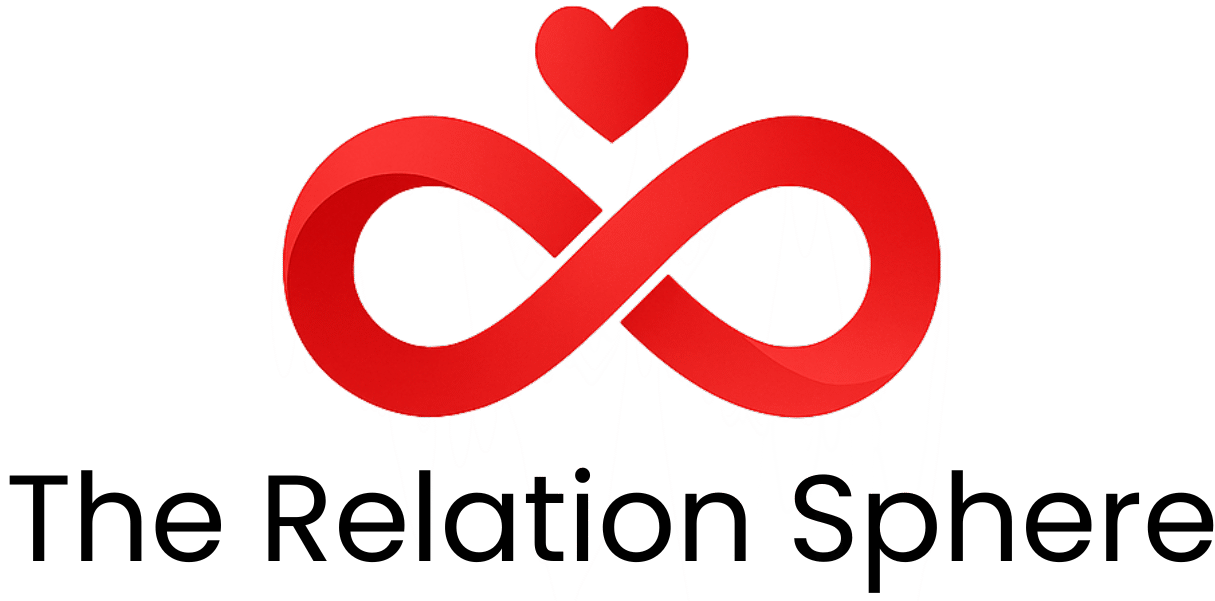1. Introduction
In today’s fast-paced and dynamic work environment, encountering challenging coworkers is almost inevitable. Among these, toxic coworkers can substantially undermine your mental health, job satisfaction, and overall productivity. Recognizing the subtle signs of toxic coworkers, understanding the psychology behind their behavior, and implementing effective coping strategies are crucial for maintaining a healthy and positive workplace. This comprehensive guide aims to equip you with practical insights on how to identify toxic behavior, leverage emotional intelligence, and navigate complex interpersonal dynamics at work, whether you’re dealing with petty gossip or manipulative colleagues. Remember, fostering a healthy work environment not only benefits your well-being but also enhances team cohesion and performance.
2. What Are Toxic Coworkers?
Toxic coworkers are individuals whose actions and attitudes harm the harmony and productivity of a workplace. These might be colleagues who consistently gossip, undermine others, display pervasive negativity, or engage in manipulative behaviors. Such individuals often create a hostile or draining atmosphere, making it difficult for colleagues to collaborate effectively. Recognizing the traits of toxic coworkers early can help you implement strategies to manage interactions or seek appropriate support. For further insights on improving trust and relationships at work, consider exploring how to rebuild trust with a coworker after a misunderstanding.
3. Signs of Toxic Coworkers

Effectively identifying toxic coworkers involves noticing recurring negative patterns and behavior. Key signs include:
- Persistent negativity: They focus solely on problems, discouraging solutions and injecting pessimism into team discussions. Tools like The Seven Principles for Making Marriage Work emphasize healthy communication, which can be extrapolated to workplace dynamics.
- Gossip and rumors: Engaging in harmful rumors that erode trust among team members, contributing to a toxic atmosphere.
- Manipulative behavior: Using guilt, blame, or intimidation to control others’ actions, diminishing collaboration.
- Lack of accountability: Refusing to accept responsibility, which hampers team progress.
- Disrespectful communication: Speaking dismissively or harshly, creating conflicts and workplace stress.
- Frequent conflict: Regularly engaging in unnecessary arguments or hostility that disrupt productivity.
Recognizing these signs allows you to take proactive steps to address or mitigate their effects, and understanding underlying motivations through emotional intelligence can help you navigate interactions more effectively, as discussed in what emotional intelligence means at work.
4. The Psychology Behind Toxic Coworkers
Understanding the psychology of toxic coworkers sheds light on why they behave destructively. Often, such behaviors stem from feelings of insecurity, low self-esteem, or dissatisfaction with their role. Some may seek control or validation, projecting their frustrations onto others, while some exhibit traits associated with personality disorders. Recognizing these underlying motives can foster empathy and help you develop strategic responses, including setting boundaries or seeking support. For more about managing complex workplace relationships, explore what emotional intelligence really means at work. Understanding these psychological factors is a key component in maintaining your mental resilience and improving your interactions with difficult colleagues.

5. How Toxic Coworkers Affect Your Work Environment
Toxic coworkers influence not only individual projects but also the overall workplace climate. Their negative attitude can lead to heightened stress, decreased motivation, and increased absenteeism. Long-term exposure to such negativity may contribute to anxiety, burnout, or even physical health problems. Moreover, their behaviors can fracture team cohesion, impair communication channels, and hinder the achievement of collective goals. Recognizing these impacts underscores the importance of addressing toxic behaviors promptly to preserve a healthy working environment.
6. Strategies to Cope with Toxic Coworkers
1. Set Boundaries
Establishing firm boundaries helps protect your emotional health. Clearly communicate limits regarding personal conversations, gossip, or unnecessary conflicts. Implementing assertive but respectful communication is vital. This approach aligns with principles outlined in The Seven Principles for Making Marriage Work, emphasizing mutual respect and boundaries, vital in maintaining a balanced workplace relationship.
2. Practice Self-care
Engaging in self-care routines outside of work such as regular exercise, meditation, or hobbies can buffer the stress caused by toxic colleagues. Particular tools like The Inner Work of Relationships focus on healing inner wounds and creating healthier inner dialogue, which translates well into workplace resilience. Prioritizing your mental health is essential for maintaining perspective and emotional strength.

3. Improve Communication Skills
Adopting assertive communication techniques enables you to address conflicts directly and constructively. Use “I” statements to express concerns without assigning blame, aligned with methods found in Love & Respect. Effective communication reduces misunderstandings and helps defuse hostility, paving the way for more respectful interactions.
4. Seek Support
Building a support network of trusted colleagues or mentors provides emotional validation and tactical advice. Sometimes, consulting a counselor can offer additional tools to cope with workplace stress. Incident documentation can also serve as evidence if escalation becomes necessary, as explained in how to rebuild trust after a misunderstanding.
5. Limit Interactions
Minimizing contact with toxic coworkers reduces exposure to negative energy. When direct interaction is unavoidable, opt for written communication like emails, which allows you to maintain control over the conversation and avoid escalation.
7. When to Escalate the Issue
If your efforts to manage toxic behavior are unsuccessful, and their actions continue to impair your professional performance and mental health, it’s time to escalate. Document specific incidents meticulously and review company policies. Approaching HR or management with factual records can lead to formal intervention, fostering a safer and more respectful environment for everyone.

8. Promoting a Healthy Workplace Culture
Creating an environment that encourages open communication, recognition, and inclusivity can significantly reduce the prevalence of toxic coworker behaviors. Leaders should promote policies that emphasize respect, mental health awareness, and conflict resolution. A positive workplace culture, rooted in mutual respect and understanding, serves as a buffer against toxic influences and promotes overall employee well-being.
9. Frequently Asked Questions (FAQs) About Toxic Coworkers
Q1: How can I tell if a coworker is toxic?
Signs such as consistent negativity, gossip, manipulative tendencies, and disrespectful communication are key indicators. Recognizing these behaviors early helps you take appropriate steps to protect your mental health and professional boundaries.
Q2: What are effective ways to deal with toxic coworkers?
Strategies like setting clear boundaries, practicing self-care, honing communication skills, seeking support, and minimizing unnecessary interactions can be effective. When needed, escalate issues responsibly through HR or management to ensure a safe and respectful work environment.
Q3: Can toxic coworkers affect my mental health?
Absolutely. Prolonged exposure may lead to stress, anxiety, and burnout. Protect your well-being by implementing healthy coping strategies, developing emotional resilience, and seeking support from professionals or trusted coworkers.
Q4: How do I promote a healthy team environment?
Encourage open, honest dialogue, recognize team accomplishments, and foster mutual respect. Strong leadership and clear policies are vital in creating a workplace culture where toxicity is minimized and employee well-being is prioritized.
10. Conclusion
Dealing with toxic coworkers presents challenges, but with a clear understanding and strategic approaches, you can significantly reduce their negative influence. Developing emotional intelligence, establishing boundaries, enhancing communication, and fostering a positive workplace culture are essential steps toward a healthier professional environment. Remember, safeguarding your mental health and well-being is paramount. By recognizing toxic behaviors early and employing appropriate coping mechanisms, you can thrive even amidst workplace toxicity and contribute to a more respectful, supportive, and productive workplace for all. For additional relationship insights and tools, check out Why Men Love Bitches and Love More, Fight Less.


1 thought on “Toxic Coworkers: Signs, Psychology & How to Cope”